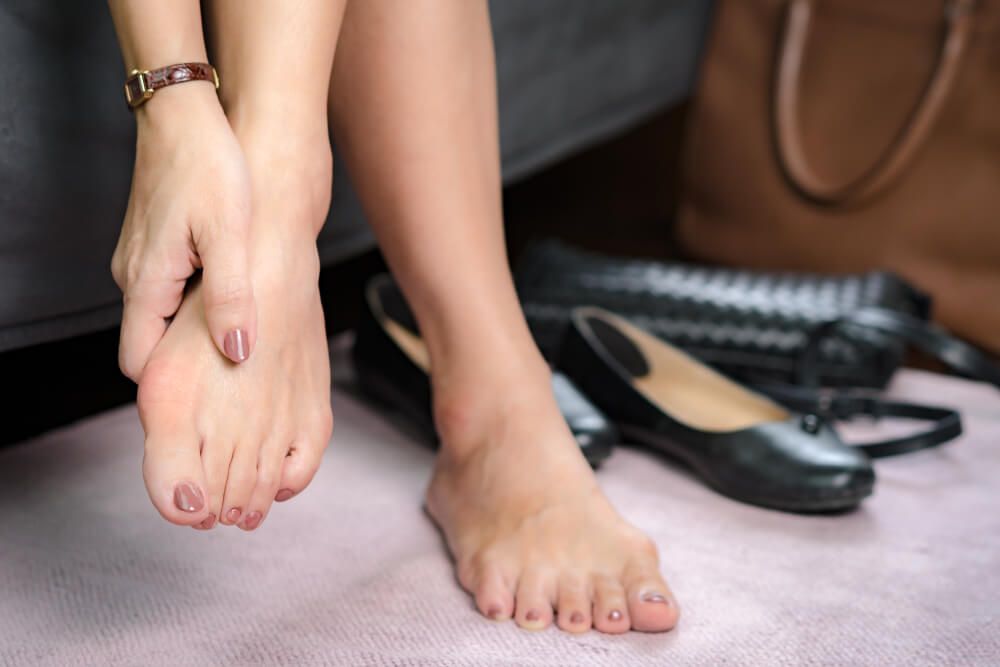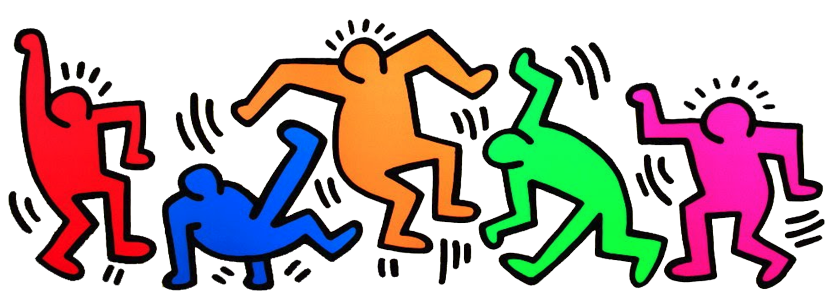OVERVIEW
More Than Just a Bump. A bunion occurs when the bones of the big toe joint are no longer aligned. Bunions can occur at any time, but they are usually slow to form. Bunions come in many different shapes and sizes; not all bunions are created (or treated) equally. The hallmark sign of a bunion is a bump on the medial side (inside) of the big toe joint with the big toe angled towards the second toe.
CAUSE
One of the most frequently asked questions I get is what causes bunions. Bunions are complex deformities and are often caused by a several factors including: the type of foot you inherited from your parents, ligamentous laxity, and tight shoes that constrict the toes.
SYMPTOMS
A bunion bump that can cause a dull ache or a sharp/shooting pain. There is typically some degree of redness or swelling, but symptoms and exacerbating factors vary from person to person. Some bunions are not painful and free from symptoms. It is possible for your bunion to get worse without treatment.
TREATMENT
There is no one-size fits all treatment for bunion pain. Dr. Collins tailors treatment based on clients lifestyle, activity, and goals. Some people do well with shoe modification, bunion cushioning, physical therapy or custom orthotics; others do well with injection therapy or surgery. When conservative measures are exhausted, bunion surgery is a good option. Read more about bunion surgery.
Bunion Surgery
SURGICAL CONSULTATION
During your consultation, Dr. Collins will take a comprehensive history of your bunion pain, listen to your goals, and discuss post-operative expectations. A thorough physical examination of the foot, ankle, and lower extremity is done to identify any biomechanical hiccups that may need to be addressed in physical therapy before surgery. When indicated, studies have shown those who start physical therapy before surgery (also known as pre-hab) tend to do better after surgery. X-rays images are also an integral part of the decision making process. Dr. Collins will take x-rays and review them with you during your consultation.
PROCEDURES
More than 130 procedures have been described to correct a bunion. The exact procedure is largely based on x-ray images, your lifestyle and goals. Not all procedures are created equally; some have a shorter recovery, while others require a period of non-weightbearing. He partners with leaders in physical therapy, chiropractic care, and acupuncture to assist you in your recovery.
- Cheilectomy – A cheilectomy is removal of the bunion bump and any extra bone around the big toe joint. A tiny incision is made over the joint and a special instrument is used to remove the extra bone. The procedure takes 20 – 40 minutes. You are able to walk immediately after surgery in a special shoe. A walking boot is not needed. If you have stitches, they will be removed in 2 weeks. Physical therapy starts 3-4 weeks after surgery. Runners can usually resume running at about 4-6 weeks.
- Akin Bunionectomy – An bunionectomy is a specialized way to surgically cut the bone. An Akin Bunionectomy is used to make the big toe straighter. It is often done in conjunction with other procedures, such as a distal bunionectomy. You are able to walk immediately after surgery in a special shoe. You do not need a walking boot. If you have stitches, they will be removed 2 weeks after the surgery. Physical therapy starts 2-4 weeks after surgery. Bone takes 6-8 weeks to heal, and runners can expect to resume running 6-10 weeks, sometimes sooner on an Alter-G.
- Distal Bunionectomy – The distal metatarsal bunionectomies are the most commonly used procedures in surgical correction of bunions. They are indicated for mild-moderate bunions and can perform four basic functions: decrease the intermetatarsal angle; realign structural abnormalities in the transverse plane, and shorten or maintain the length of the metatarsal. In most cases, you are able to walk immediately after surgery in a special shoe. You may or may not need a walking boot depending on other procedures done. If you have stitches, they will be removed 2 weeks after surgery. You can expect to start physical therapy 2-4 weeks after surgery. Runners can expect to resume running 8-12 weeks, but it is important to note this is an estimate. Some runners make return to running sooner on an Alter-G.
- Proximal Bunionectomy – The proximal bunionectomies are reserved for severe bunion deformities with a large intermetatarsal angle. A wedge of bone is taken from the base of the first metatarsal, and the bone is closed and fixed in its new position. A cheilectomy is usually done with this procedure. You will be non-weightbearing for 4-6 weeks, possibly longer depending on post-operative bone healing. Remember bone takes 6-8 weeks to heal, but protective weight bearing a little early might be permitted. If you have stitches, they will be removed 2 weeks after surgery. You can expect to start physical therapy 2-4 weeks after surgery. Runners can expect to resume running 8-12 weeks, but it is important to note this is an estimate. Some runners make return to running sooner on an Alter-G.
- Lapidus Procedure (Fusion of 1st TMT joint) – The Lapidus procedure is arguably the most powerful procedure for addressing an unstable, hypermobile bunion. It is usually combined with a cheilectomy and/or a soft tissue procedure at the big toe joint to maximize results. During your Lapidus bunionectomy, the joint at the base of the first metatarsal is fused to its neighboring bone, the medial cuneiform. This results in an increase in stability during mid stance and toe-off phases of the walking cycle. There have been many advanced since its inception, and some clients may be able to start protected weight bearing in a boot 2 weeks after surgery. It is important to note you may need to be off your foot longer. Typically, you can expect to transition to a sneaker around 6-8 weeks after surgery. If you have stitches, they will be removed 2 weeks after surgery. You can expect to start physical therapy 2-4 weeks after surgery.
- Minimally Invasive Bunionectomy (MIS Bunion) – Traditional bunion surgery requires a larger incision, extensive dissection, and opening of the big toe joint. Minimally invasive bunion surgery uses special instruments that allow me to fix your bunion using smaller incisions with less dissection. With less disruption to the soft tissue, there is usually less swelling and pain after surgery. MIS can be done for mild to moderate bunion and, in some cases, a severe bunion. Protected weight bearing in a walking boot begins 2 weeks after the surgery. If you have stitches, they will be removed 2 weeks after surgery. You can expect to start physical therapy 2-4 weeks after surgery.






